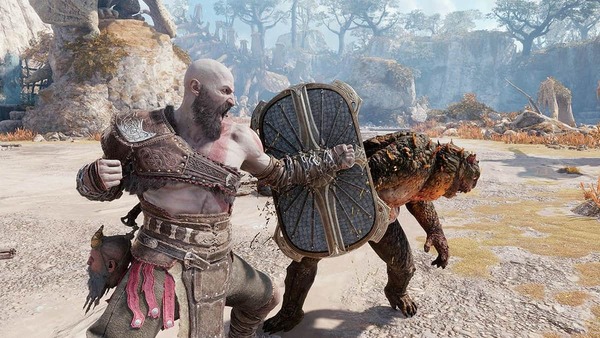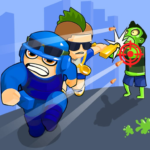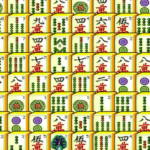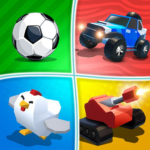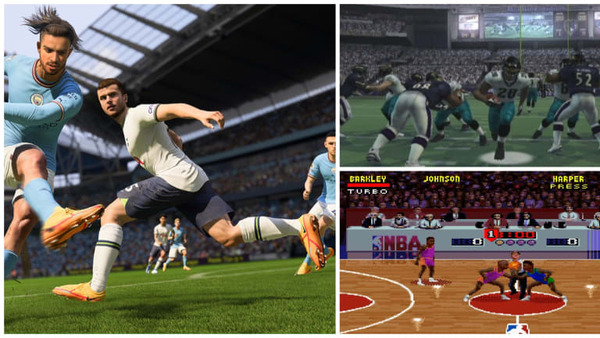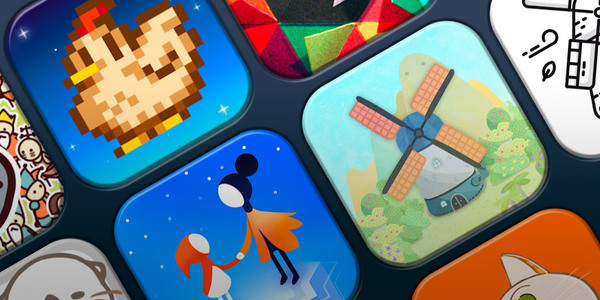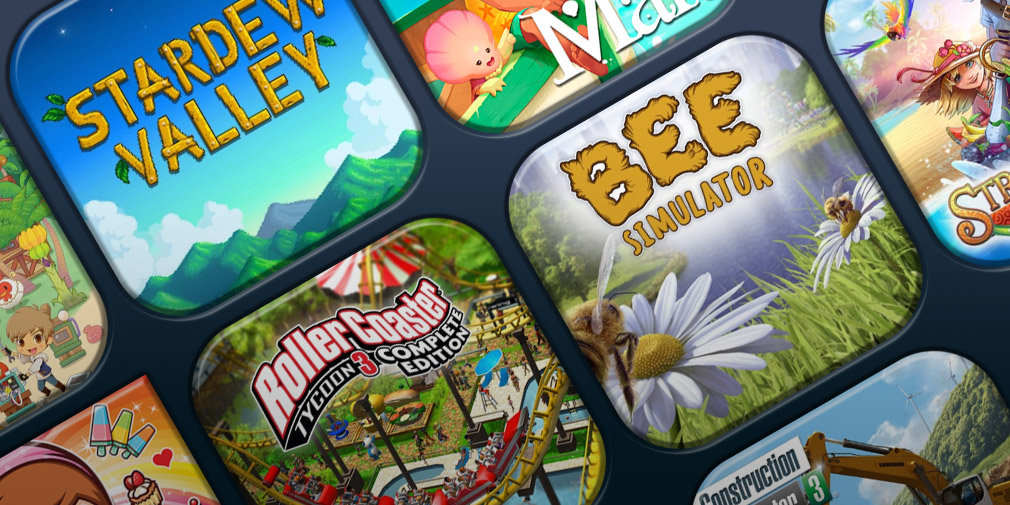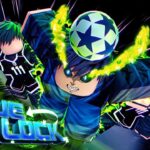Since its release in November 2022, God of War Ragnarök has captivated players worldwide, standing as a monumental chapter in the saga of Kratos and his son Atreus. Developed by Santa Monica Studio, this title extends the rich narrative and intense gameplay introduced in the 2018 reboot, diving deeper into Norse mythology while delivering stunning visuals, compelling characters, and intricate combat mechanics. This article explores the game’s journey from its origins to its climactic finale, breaking down its core elements through ten detailed sections that follow the story’s progression and themes.
1. Setting the Stage: Aftermath of the 2018 Reboot
God of War Ragnarök picks up shortly after the events of the 2018 game, with Midgard gripped by the harsh season of Fimbulwinter, a precursor to the prophesied Ragnarök—an apocalyptic event signaling the end of the world. Kratos and Atreus, now more experienced yet burdened by uncertainty, must navigate a realm on the brink of chaos. The game's opening acts set a grim tone, revealing a world suffused with tension and fear, with various realms reacting differently to the encroaching darkness.
The narrative places heavy emphasis on the evolving father-son relationship. Kratos remains a stoic protector, haunted by his violent past, while Atreus grows more independent and curious about his identity as Loki. This dynamic sets the foundation for the emotional core of the game, making the journey not just a battle for survival but also a story of growth and understanding.
2. Exploring the Nine Realms: Expanding the World
One of the standout features of Ragnarök is its full access to all nine Norse realms. Unlike its predecessor, which focused primarily on Midgard and a few other realms, this game allows players to traverse diverse and beautifully crafted worlds such as Svartalfheim, home to the dwarves; Alfheim, the land of light elves; and Helheim, the shadowy underworld.
Each realm offers unique environments, enemies, and lore, enriching the player's experience and deepening immersion into the mythology. The Unity Stone, a central artifact in the game, enables realm travel, allowing for a non-linear exploration that encourages discovery. This design choice not only broadens the scope but also introduces varied gameplay challenges, including environmental puzzles and realm-specific side quests.
3. Mastering Combat: Refinements and New Mechanics
Building on the fluid and visceral combat of the previous installment, God of War Ragnarök refines and expands its battle system with new weapons, abilities, and strategies. Kratos’s iconic Leviathan Axe and Blades of Chaos return, complemented by the introduction of the Draupnir Spear—a versatile weapon that enhances both ranged and melee combat.
The game emphasizes tactical depth, allowing players to chain together powerful runic attacks, grapple enemies, and exploit weaknesses. Enemies become smarter and more aggressive, requiring players to adapt their approach constantly. Boss battles stand out as epic set pieces that test timing, strategy, and mastery of Kratos’s arsenal.
4. The Dual Protagonists: Kratos and Atreus
Kratos: The Reluctant God
Kratos’s character continues to evolve from a rage-fueled warrior to a more nuanced figure wrestling with his past and responsibilities. His protective nature is tempered by moments of vulnerability and reflection, making him one of gaming’s most compelling protagonists. Throughout Ragnarök, players witness his struggle to guide Atreus while coming to terms with prophecies that hint at their doom.
Atreus: The Emerging Loki
Atreus steps out from his father’s shadow, becoming a fully realized character with his own motivations and conflicts. His identity as Loki brings with it a complex destiny, forcing him to question loyalty, morality, and self. The game allows players to control Atreus during select moments, deepening emotional investment and offering a fresh gameplay perspective.
5. Supporting Cast and Voice Performances
The richness of Ragnarök’s story is enhanced by a cast of memorable supporting characters. Returning favorites like Mímir, the wise storyteller, and the dwarf brothers Brok and Sindri, provide guidance, humor, and side quests. Freya’s tragic arc adds emotional depth, highlighting themes of loss and vengeance.
The voice acting is exceptional across the board. Christopher Judge delivers a powerful performance as Kratos, balancing gravitas and subtlety, while Sunny Suljic captures Atreus’s youthful curiosity and inner turmoil. The chemistry between characters elevates the storytelling, making interactions feel authentic and impactful.
6. Puzzle Solving and Exploration
Puzzles in Ragnarök build upon those in the previous game, involving environment manipulation, runic inscriptions, and weapon abilities. These challenges range from straightforward to complex, requiring critical thinking and patience. While some players appreciate this cerebral component, others feel that excessive handholding via hints can disrupt immersion.
Exploration is richly rewarded with collectibles, lore entries, and upgrade materials. The expansive world design encourages thorough investigation and offers many secrets, providing hours of content beyond the main storyline.
7. Technical Excellence: Visuals and Sound Design
God of War Ragnarök stands as a technical marvel, pushing the limits of the PlayStation hardware. The detailed character models, dynamic lighting, and intricate textures create a believable world steeped in myth. Weather effects and day-night cycles further enhance atmosphere, with each realm distinct in aesthetic and tone.
Sound design complements the visuals superbly. Ambient sounds heighten tension, while the score, composed by Bear McCreary, blends orchestral themes with Norse motifs to evoke both grandeur and intimacy. The game’s audio cues are critical during combat, adding tactical feedback and emotional weight.
8. Narrative Pacing and Emotional Impact
The storytelling in Ragnarök carefully balances large-scale mythological events with intimate personal drama. The pacing varies from intense battles to quieter, character-driven moments that explore themes of fate, family, and redemption.
While some critics argue that certain story arcs are rushed or overly complex, many players praise the emotional resonance and character development. The game’s writing skillfully integrates humor, tragedy, and philosophical inquiry, ensuring that the narrative remains engaging throughout.
9. Endgame Content and Replayability
Beyond the main campaign, Ragnarök offers substantial endgame content. This includes challenging trials, arena combat, and side quests that delve deeper into the lore. Players can upgrade weapons and armor, unlocking powerful abilities that enhance combat strategies.
Additionally, the game supports New Game Plus mode, encouraging players to revisit the story with all their previous upgrades intact. This mode ramps up enemy difficulty, providing a fresh challenge for veterans seeking mastery.
10. Legacy and Impact on the Gaming Landscape
God of War Ragnarök has cemented its status as a modern classic, influencing both narrative-driven and action games. Its success has demonstrated the demand for mature storytelling intertwined with sophisticated gameplay mechanics.
The game’s impact extends beyond sales and awards; it has sparked discussions about mythology, fatherhood, and identity in video games. As an epic conclusion (for now) to Kratos’s journey, it leaves a lasting legacy and sets a high standard for future installments.
Conclusion
God of War Ragnarök is a monumental achievement in gaming, expertly combining deep storytelling, refined gameplay, and breathtaking artistry. It successfully continues the evolution of Kratos and Atreus, exploring rich themes of destiny, family, and sacrifice. Despite minor pacing issues and combat repetition, the game delivers a powerful experience that resonates emotionally and viscerally. Whether you are a longtime fan or a newcomer, Ragnarök offers a compelling journey through the depths of Norse mythology and the complexities of human—and godly—nature.

